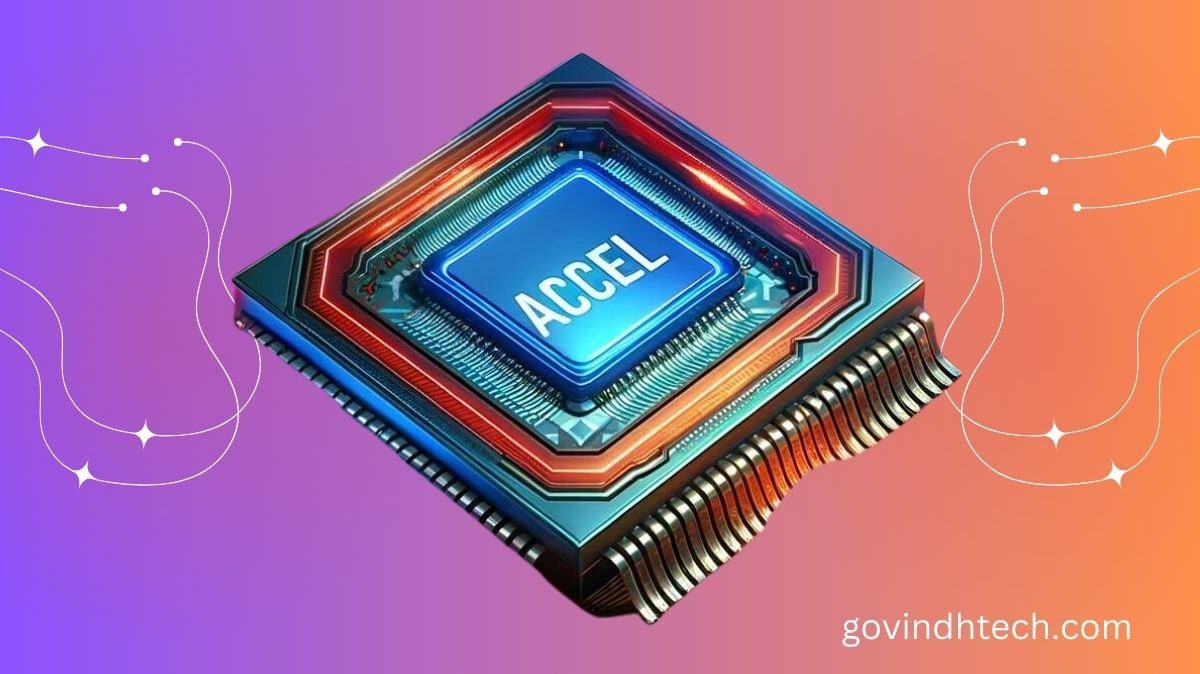ACCEL Chip Applications
According to a Chinese research study, the internal analog AI processing chip “ACCEL” may operate three thousand times quicker than the A100 and A800 GPUs from NVIDIA.
According to reports, the Chinese ACCEL Analog AI Chip outperforms NVIDIA’s A100 and A800 by “3000 times” in performance.
China looks to be quickly enhancing its “homegrown” solutions in an effort to sustain the current rate of industrial expansion, even in the face of international sanctions. According to a paper released by Tsinghua University in China, the institution has created a novel method for artificial intelligence computing performance and created a chip called ACCEL (All-Analog Chip Combining Electronic and Light Computing), which essentially uses analog technology and photonics to produce extraordinary performance. The results of this effort are pretty astounding.
The simulated ACCEL processor achieves 4,600 tera-operations per second (TOPS) in visual tasks, according to the article published in Nature. With sparsity, this translates into a 3.7X performance advantage over Nvidia’s A100 (Ampere), which is advertised as having a high of 1,248 TOPS in INT8 workloads. The research study claims that ACCEL can achieve a 74.8 peta-operations per second per watt systemic energy efficiency. Even Hopper, with its 80 billion transistor H100 super-chip, appears lackluster in comparison to these achievements, surpassing Nvidia’s A100.
Benefits of ACCEL’s 3000x Speedup
Calling a chip the “industry’s fastest” without any kind of real-time benchmark is a fair description, but to test the chip’s “deep-learning” capabilities, ACCEL was experimentally compared to the Fashion-MNIST, 3-class ImageNet classification, and time-lapse video recognition scenarios. Delivering accuracy of 85.5%, 82.0%, and 92.6%, respectively, shows that the chip is not confined to a certain market sector but has broad industry applications. We’re excited to see what the chip has in store for the future because this heightens the excitement surrounding ACCEL.
With scalability, nonlinearity, and flexibility in a single chip, Tsinghua’s architecture in ACCEL functions by diffractive optical analog computing (OAC) supported by electronic analog computing (EAC). However, the optical system handles 99% of the architecture’s operations. The research claims that this aids in overcoming limitations seen in various vision architectures, including diffractive Deep Neural Networks (DNNs) and Mach Zehnder interferometers.
On the other hand, a photonic optical system makes use of non-electric methods for information encoding, manipulation, and transport. This can be accomplished by operating on that light (changing it) virtually in transit and extracting and communicating features of visual data (an image) via laser pulses at particular wavelengths (we discussed this in our recent article on China’s Quantum Key Distribution [QKD] satellite system, which is also photonic-based).
This optical processing technology reduces the amount of energy needed and electrons lost to heat dissipation. One of the main ways that photonics unlocks performance benefits is by eliminating the high energy and delay cost of analog-to-digital converters, or ADCs. This is also the reason why quantum computing and HPC (High-Performance Computing) installations employ photonics equipment.
By eschewing the systematic yet chaotic flow of electrons through semiconductors, we may achieve faster operating speeds that are only constrained by light. According to the study article, internal testing of the device demonstrated a low computational latency of 72 ns for each frame, generating a throughput of over 13,000 frames per second more than enough to cause any Doom player to lose all sense of reality. Additionally, it appears that there would be sufficient frames for any computing-vision operation to allow a co-processor to examine a subset of those pictures. It doesn’t seem likely that the ACCEL deep learning processing of these photos will be the bottleneck.
Given that it is photonic and analog, the new ACCEL device may remind people of the analog AI-acceleration processor that IBM just announced, called Hermes. Despite all of the restrictions imposed on China, it’s amazing to see how the nation’s R&D is enabling it to catch up with and in some cases, even surpass whatever it was that they were being prevented from doing. China is definitely thinking about sanctions in terms of being able to get around restrictions.
What changes in the industry can we expect from ACCEL and comparable analog AI chip developments? It’s difficult to answer this issue at this time because analog-based AI accelerators are still mostly for the future. The performance figures and statistics are encouraging, but “deployment” of them in the business is harder than it seems, requiring more time, money, and inquiry. Nobody can argue that computers has a bright future, and it will soon be mass-marketed.



